
Are you a teacher or a parent looking to improve the reading skills of students through third grade reading instruction? Well, in this post, we are going to help you do just that! This post is going to cover some effective instruction strategies that will help your students boost their reading skills and their love for reading at the same time! Let’s dive in!
Common Challenges in Third Grade Reading Instruction
Third grade reading instruction can be challenging. You are switching from learning to read to reading to learn, but often you have students behind. Some of the challenges I see are…
- Students who still do not know how to read
- Students who do not like to read and have no interest in reading
- The different levels of reading you have in the classroom
- Teaching students comprehension skills
- Fitting in all the components of reading instruction in your day
Effective Instruction Strategies for Teaching Comprehension Skills
Teaching comprehension skills is one of the most important components of reading instruction. You have to teach the skills, but the Science of Reading has shown us that you want to practice the skills every day instead of teaching each skill in isolation.
- Teaching a new skill EXPLICITLY. You can do this through skill weeks; grab a free sample below. Another option is to explicitly teach how to use that skill while reading. When doing a read-aloud, stop and think out loud about how you use that skill. Do this several times before asking students to use that skill independently. You can grab a free sample of a week here!
- Scaffold the use of the skill throughout. Start with the teacher showing how to use this skill and practicing as a whole class. This can be through read-aloud, small group, or teacher-led instruction. Then, have students practice with their peers in a group setting. Lastly, they can work on trying to use the skill on their own.
- Create connected questions for each story that you read with your students. These questions need to focus on the information that the students MUST get in order to comprehend the story.
- Reciprocal teaching is a great strategy for reading comprehension. This is when students are in charge of becoming the teacher of a text, and they lead a dialogue about the reading to a small group. You can do this through book clubs, read here about those, or you can do it through a daily read-aloud. After you read aloud and discuss the text, put students in small groups or partners. Have them summarize the text, point out things that are confusing and need clarification, and ask questions that still need to be answered. You can also pair them up at the beginning of the text to work on prediction.
- Focus on the main skills that need to be learned every day instead of a ton of skills. Skills like summarizing, inferring, answering questions, monitoring and clarifying.
Phonics Instruction and its Role in Improving Reading Fluency
“Systematic and explicit phonics instruction makes a bigger contribution to children’s growth in reading than instruction that provides non-systematic or no phonics instruction.” -National Institute for Literacy
If your students are struggling readers, you will want to work on lower-level phonics instruction throughout your small group and intervention time. But in third grade, we want to shift from learning to read to reading to learn, so you want to focus on higher-level phonics instruction. Syllable division is a great way to work with third-grade students on phonics instruction. You can read about how to do syllable division here, but the focus is taking apart words so that you can read them, figure out their meaning, or even spell them. I like to do daily syllable division drills (found here) so that I know I am hitting key parts of phonics every day.
Vocabulary Development Strategies for Third Grade Reading Instruction
Vocabulary is one of the most important parts of literacy instruction in third grade. Teaching children vocabulary, defining new words they have never seen, and creating their own background knowledge is essential to their reading comprehension. You want to do more than just give your students ten words a week to memorize. You want to immerse your students in new vocabulary each and every day.
- When reading aloud, stop and notice unfamiliar words to your students. Think aloud about how you would figure out that definition. Put the words on the board so they can return and use them throughout the week.
- Connect words to each other. When you learn a new word, make a connection between that word and others words.
- Focus on words that are used in everyday language but words that students still might not know yet. Words like cite, obvious, complex.
- Use sophisticated language when speaking to your students. This is such an easy way to help students gain background and vocabulary knowledge.
- Use context clues often. Give students sentences with words, and then have them work to figure them out.
- Use knowledge sets throughout the week to connect many words together. Read all about habitats one week and create a list of words they find throughout the different texts that they read.
- Practice the words using Science of Reading-based practice activities. You can find a ton here!
Read the book “Word Collectors” by Peter H. Reynolds and create word collection notebooks. This is where students can collect all the words they learn for the year.
Daily Comprehension Practice Ideas
Practicing comprehension can be easy if you create routines around it. Here are a few things that you could do every single day to up your reading comprehension practice.
- The MOST important thing is that you are reading aloud to your students each and every day. During the read aloud, focus on making sure you are thinking aloud the comprehension skills, talking about vocabulary, and stopping for phonics instruction.
- Daily SHORT close reads can help students build background knowledge, help them work on all of the different skills throughout the year, and help them practice how to take. You can find these daily close reads here!
- Students led discussions over a text they were reading.
The Role of Guided Reading and Reading Centers in Improving Reading Skills
Reading centers are vital to making sure that you are meeting each of your readers at their level. During reading centers, you get to work with students at their individual reading and comprehension levels. You can work with groups on phonics while working with other groups on complex comprehension skills. Reading centers also give students the opportunity to work on their reading skills independently. The reading center can be short, 20/30 minutes a day, and still be valuable for instruction. You can read all about reading centers here!
Engaging Your Readers to Read on Their Own
Reading independently is key to getting students to really start to comprehend what they read and gain a love for reading. Here are some tips on getting students to want to read on their own…
- Do friendly reads. This is where two students, preferably friends, are reading the same book together. They can read the book and then you can give them a short time to talk about their book throughout the week. This can help a more reluctant reader to want to read because then they can chat with their friends.
- Help your students find books that they enjoy and want to read. Once a month, I will meet students back in the library corner of my classroom and help them find a few books that they want to try and read. We will discuss what they read previously and then talk about what else they may like.
- Read aloud stories that are in a series. Once you are done reading the students typically want to read the next book in the series.
- After a student finishes reading something, allow them to share what they read with the class. This will encourage other students to want to read the book.
- Give students time to read in your classroom. This can be a silent reading time, a reading center, or anytime throughout the day where they can read alone. I always challenge teachers to read at this time, too!
Parent Involvement in Promoting Reading Skills at Home
Getting students to read at home can be challenging. It is hard for teachers to explain to parents how to promote reading skills at home. My best strategy is to assign reading at home every day but make the students write one or two sentences about what they read. You don’t want them to just write down the title of the book in a reading log; that is a waste of time. However, allowing them to write one sentence, a prediction for the story, or a question they need answered is a great way to make sure students are reading and comprehending at home.
Empowering Students to Become Proficient Readers
Teaching reading comprehension to third-grade students is SO much fun. They are really learning to read! This is where you can catch their attention and get them to LOVE to read. Teacher friend, you got this!



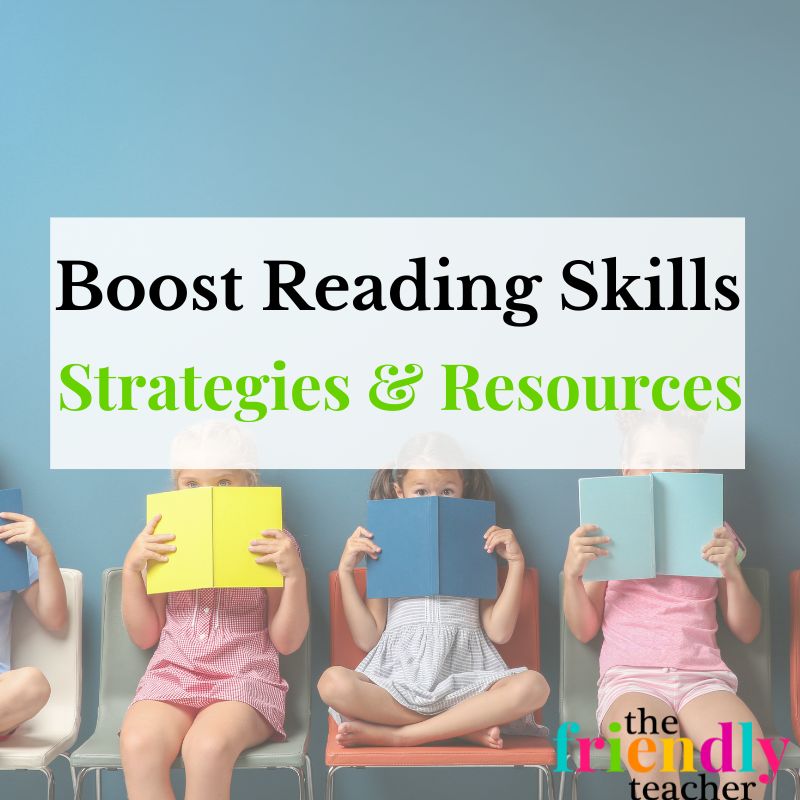

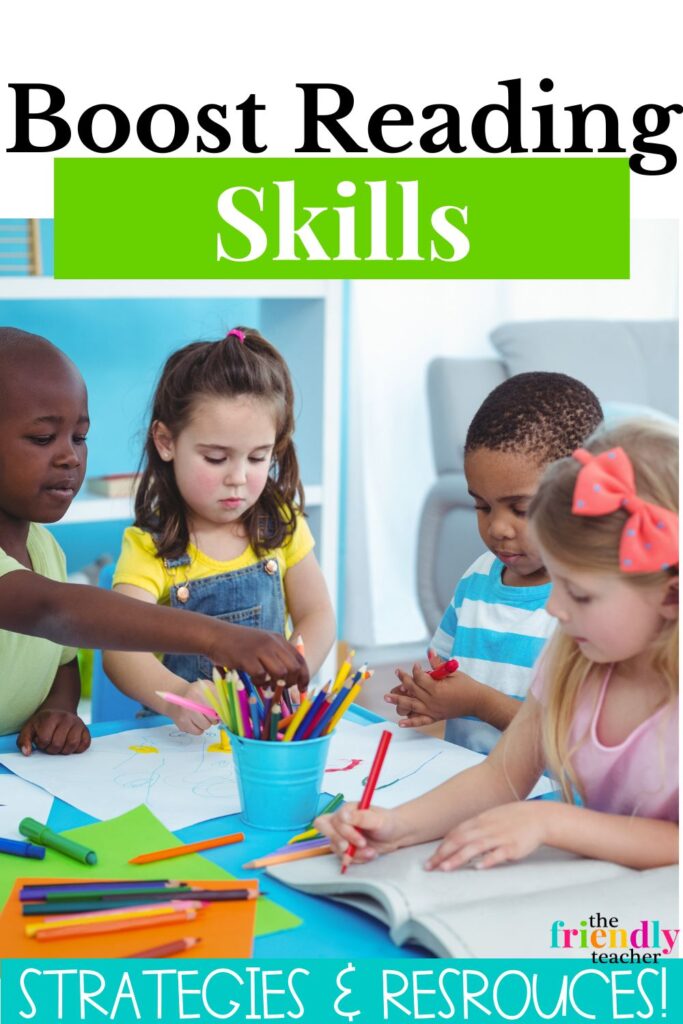
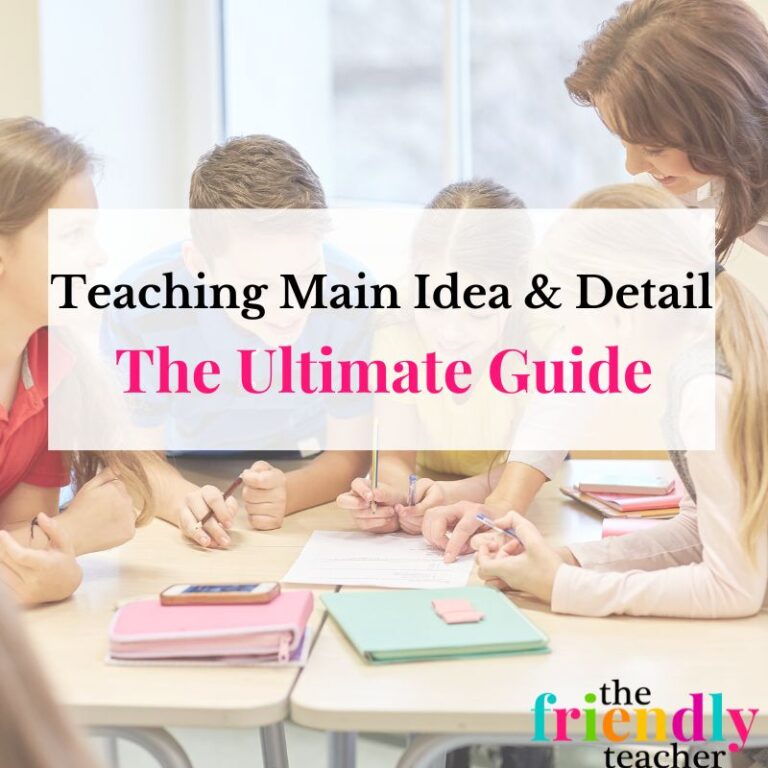
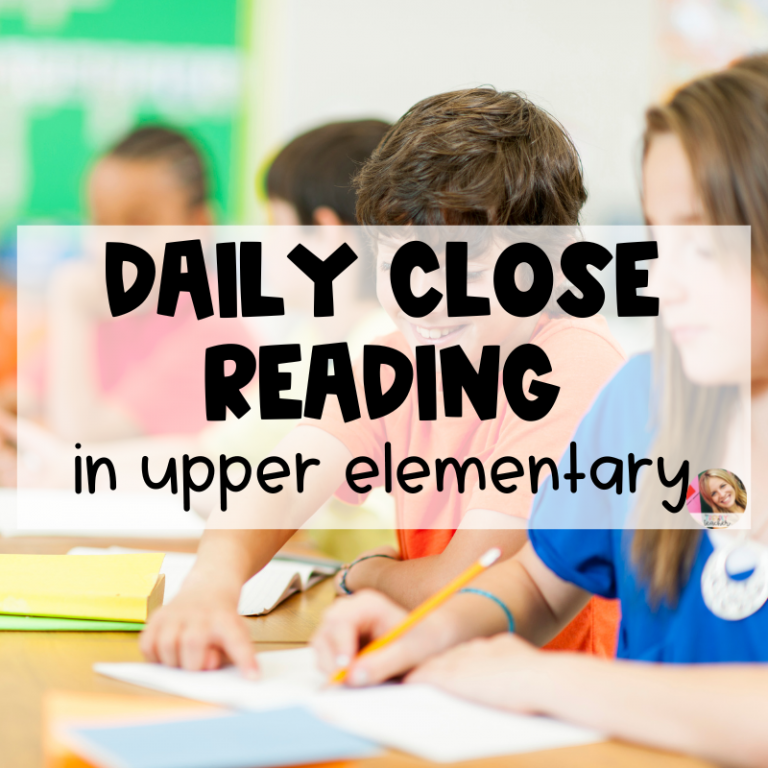
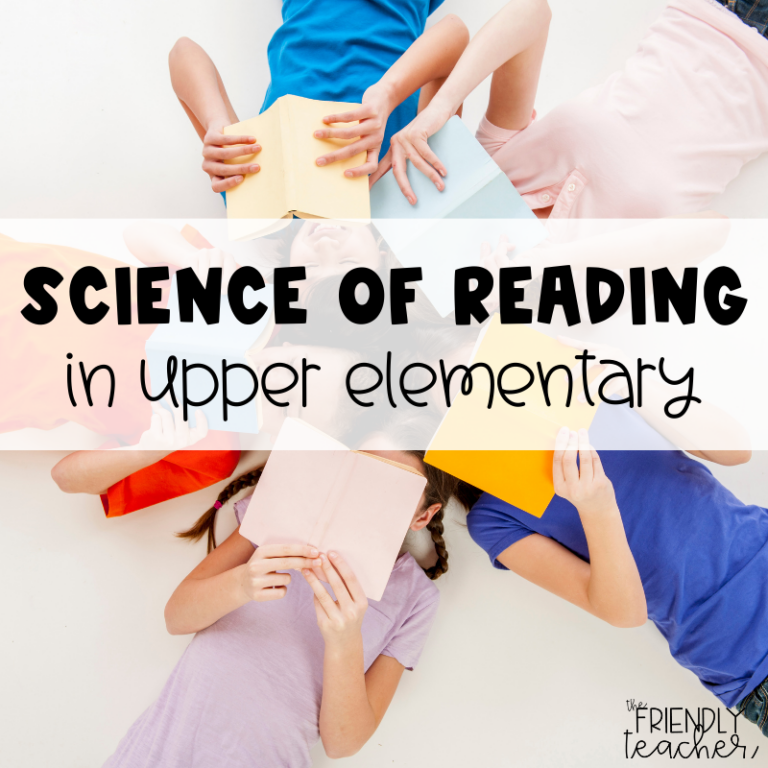
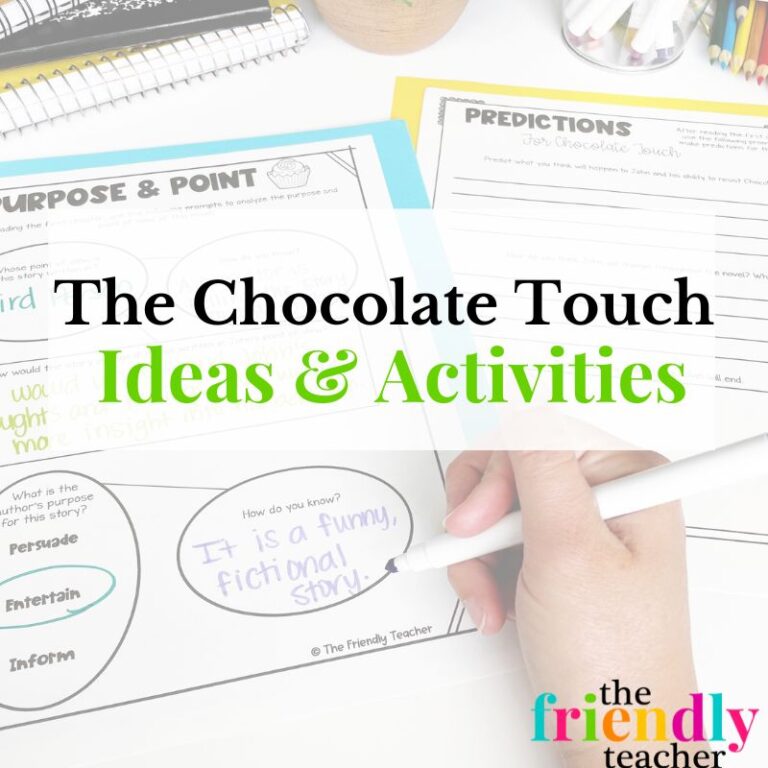
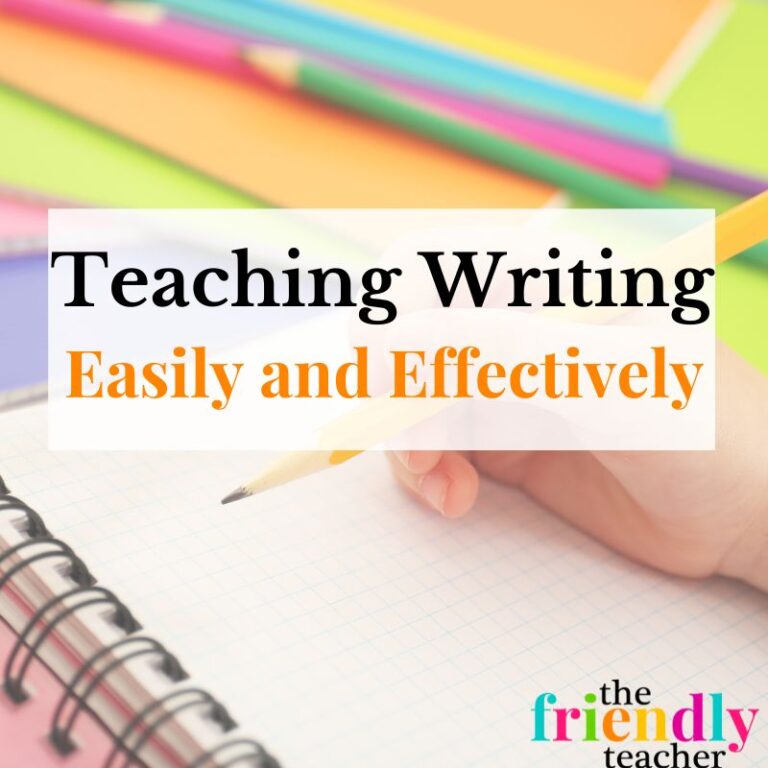
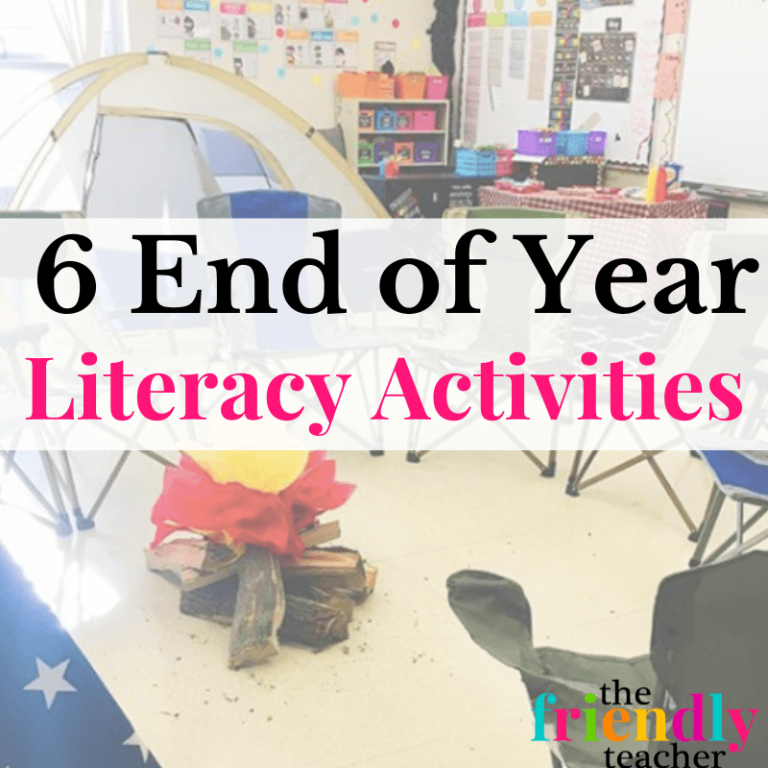

Hannah Wilde
I am so glad you’re here! I love helping 3rd-5th grade teachers by providing ideas, engaging resources, and professional development they need. I am a literacy coach who is here to help lessen the workload for teachers while making them more confident! I want students to be continually engaged in a rigorous environment!